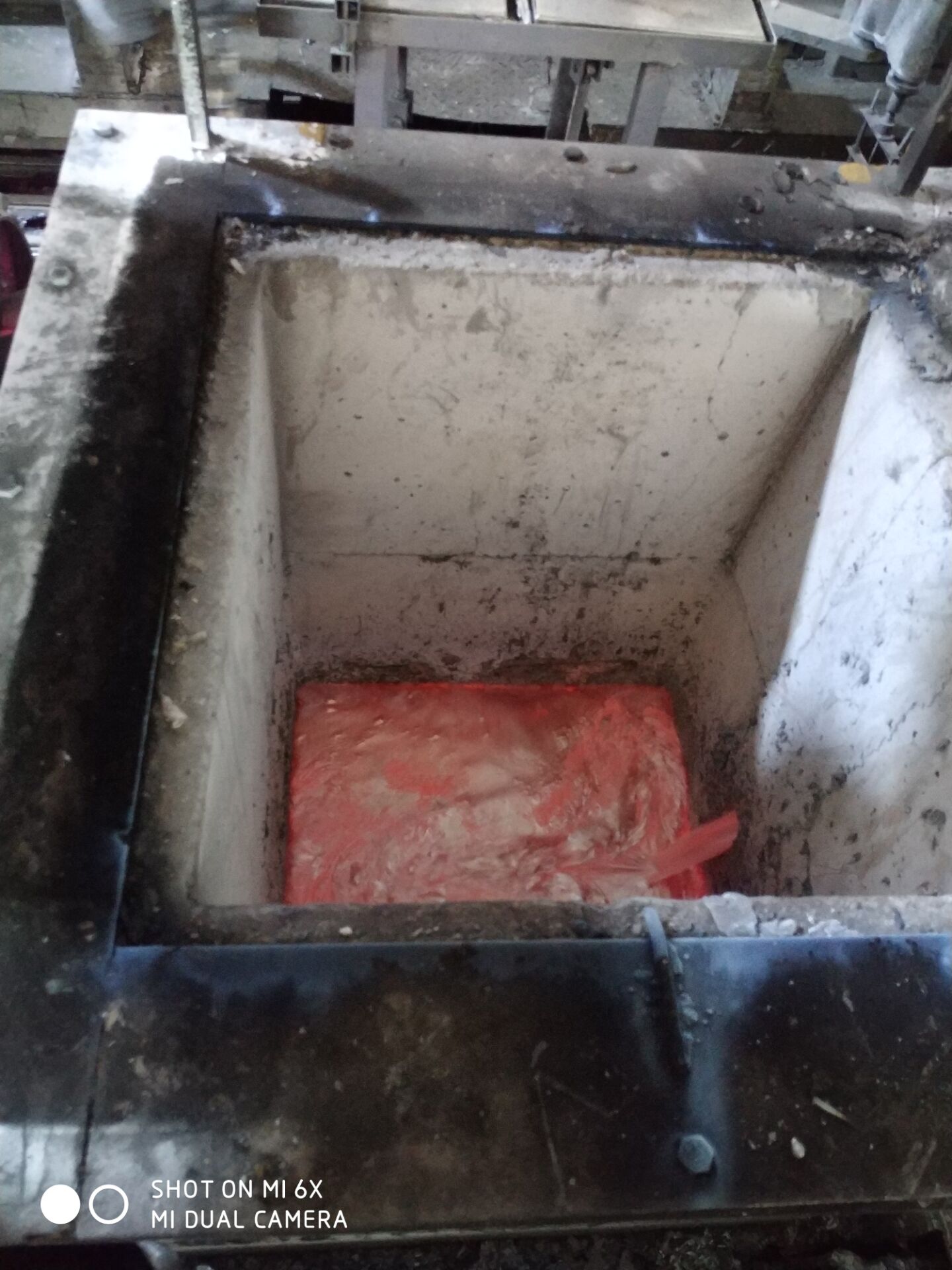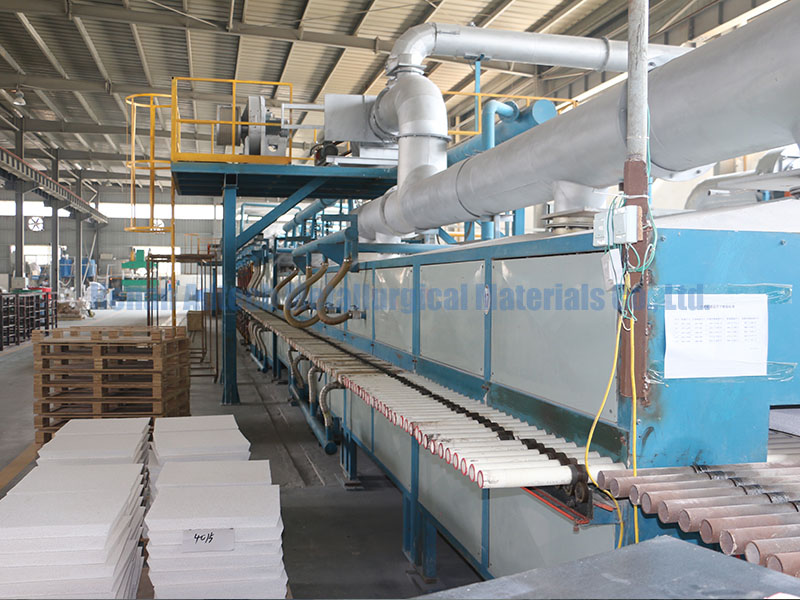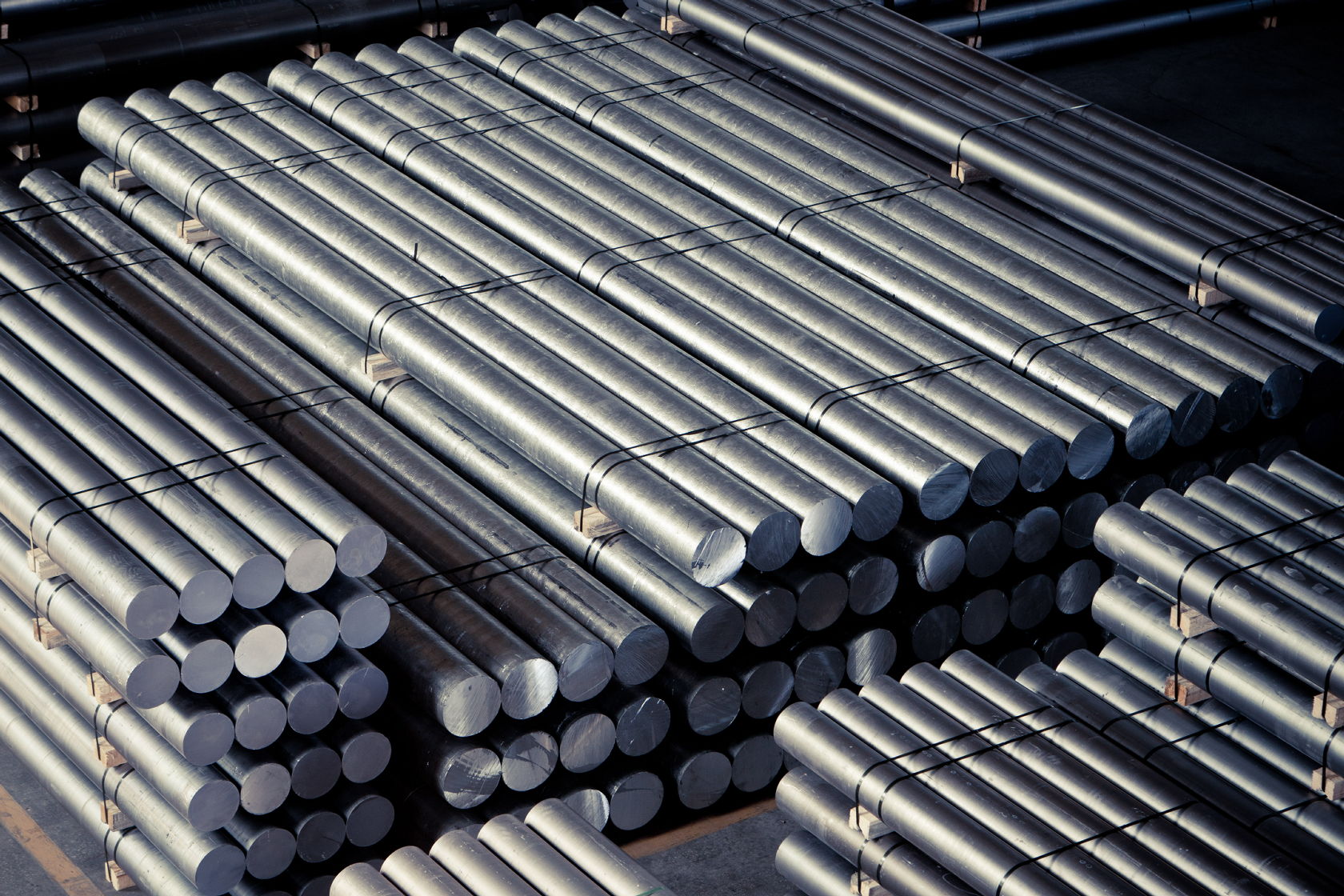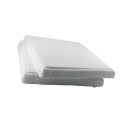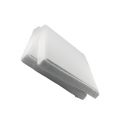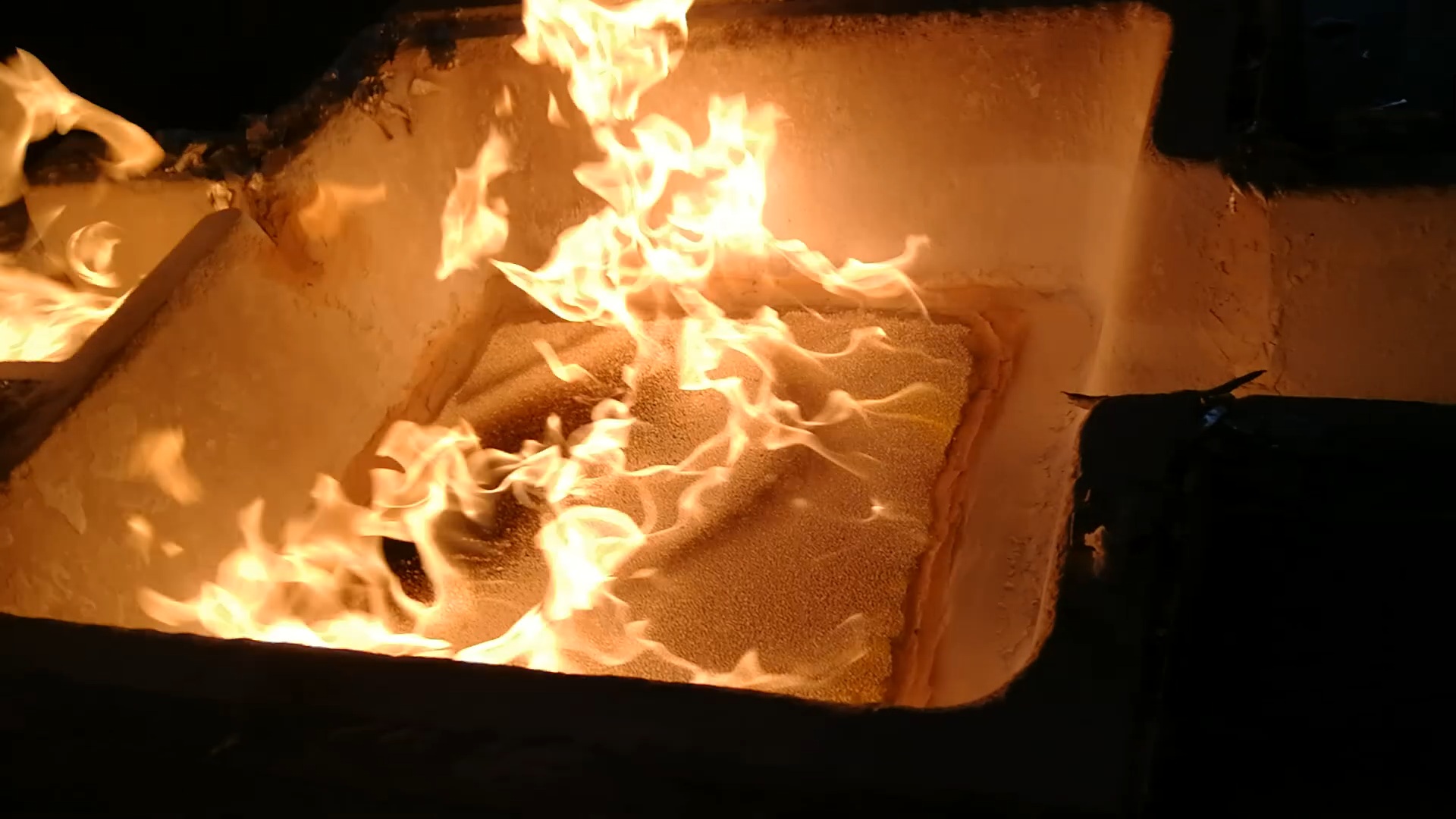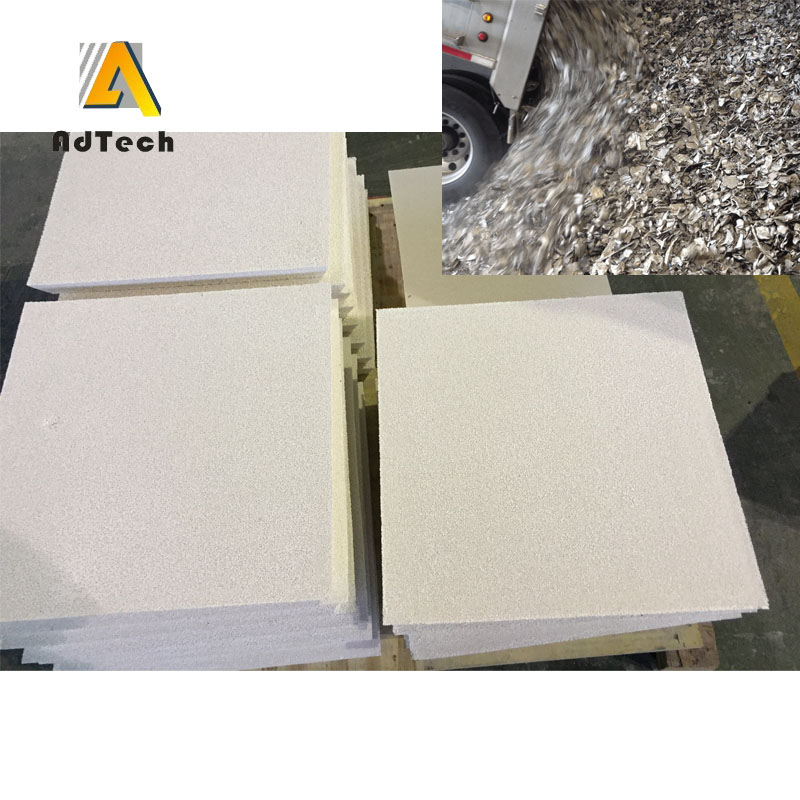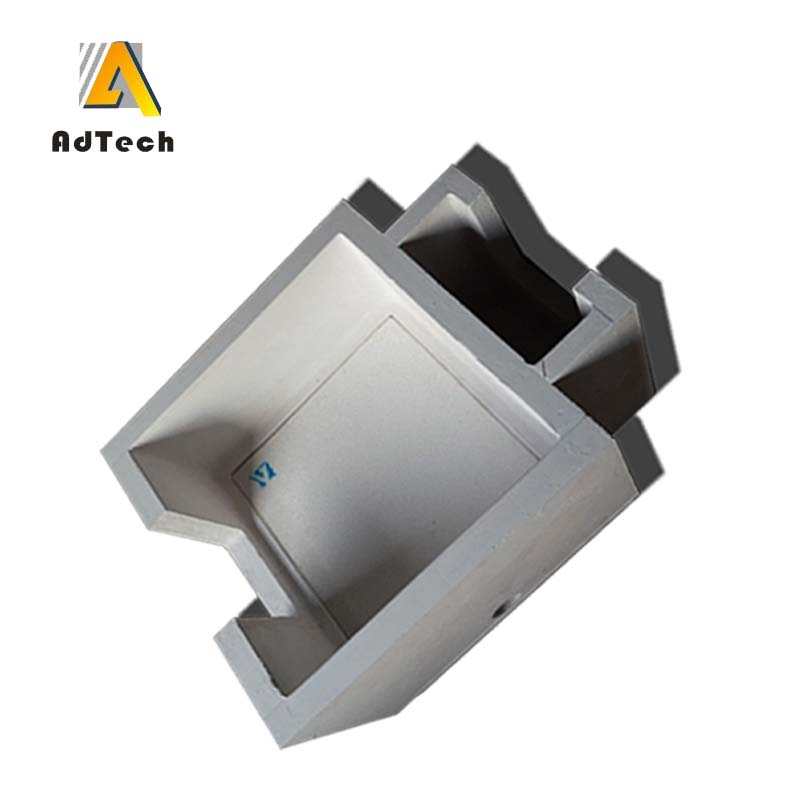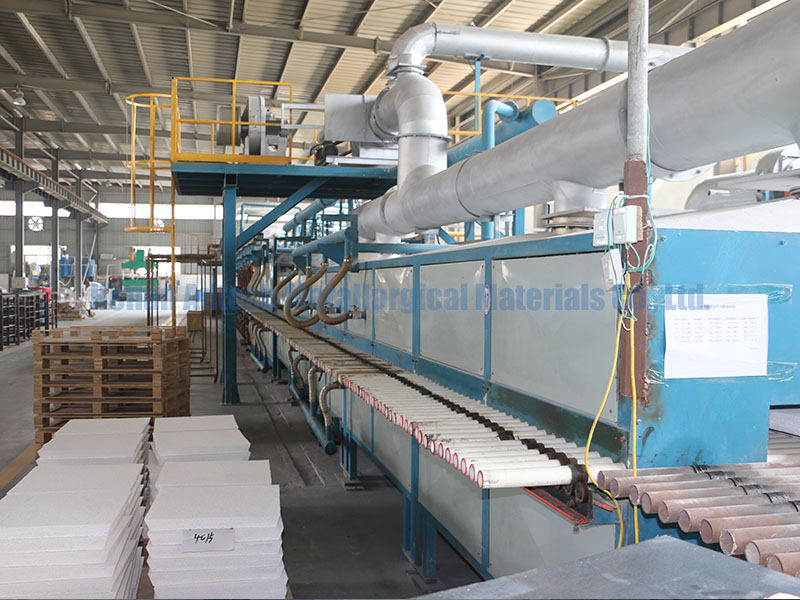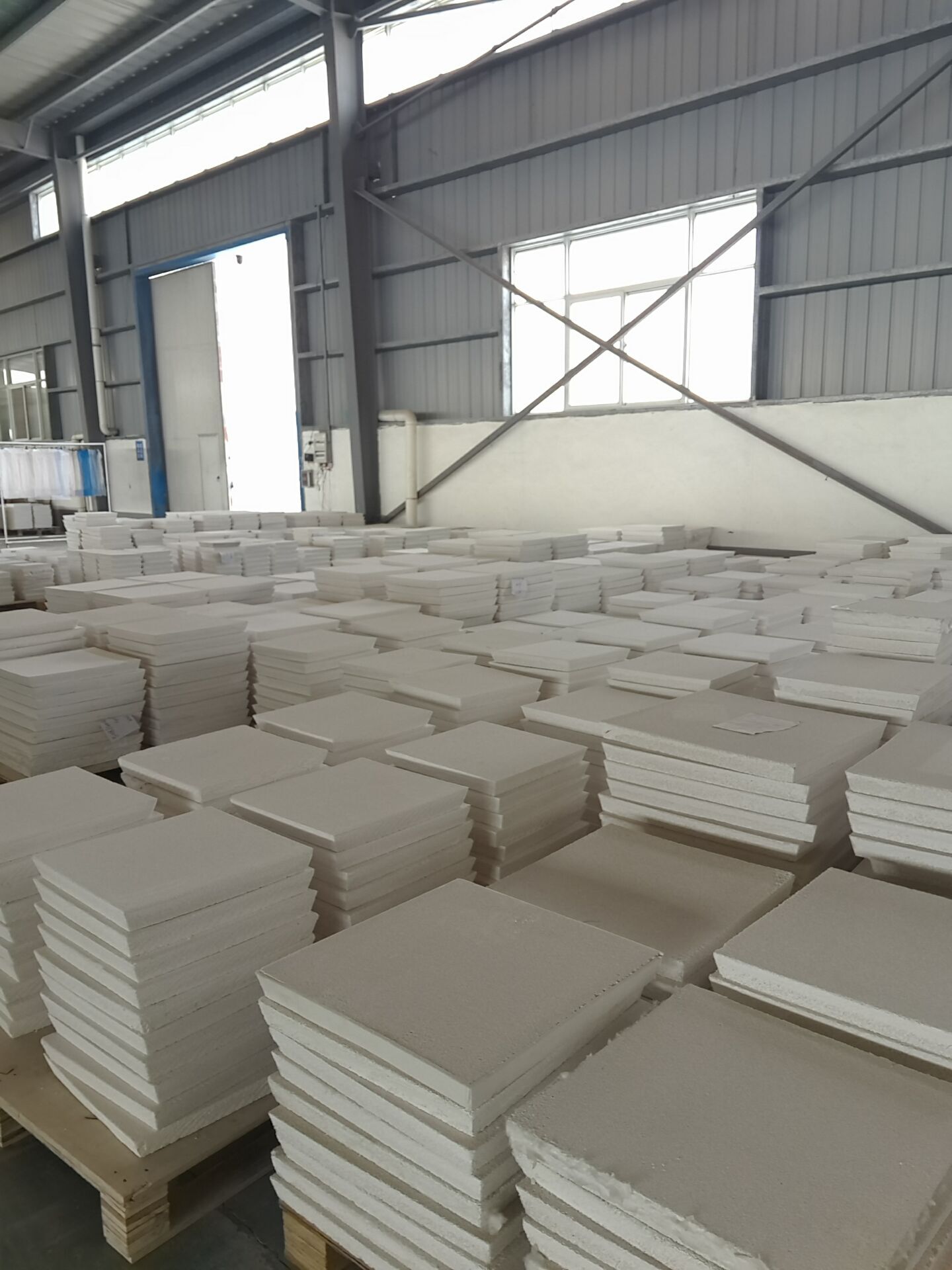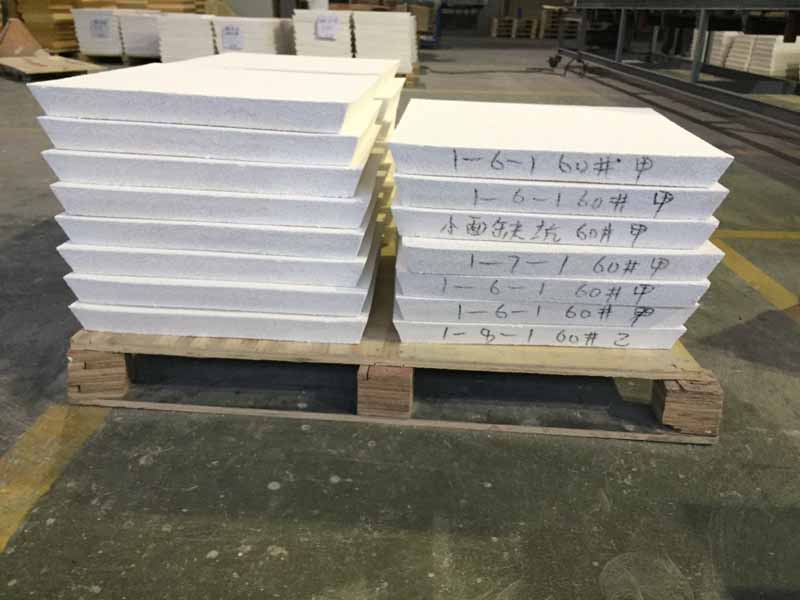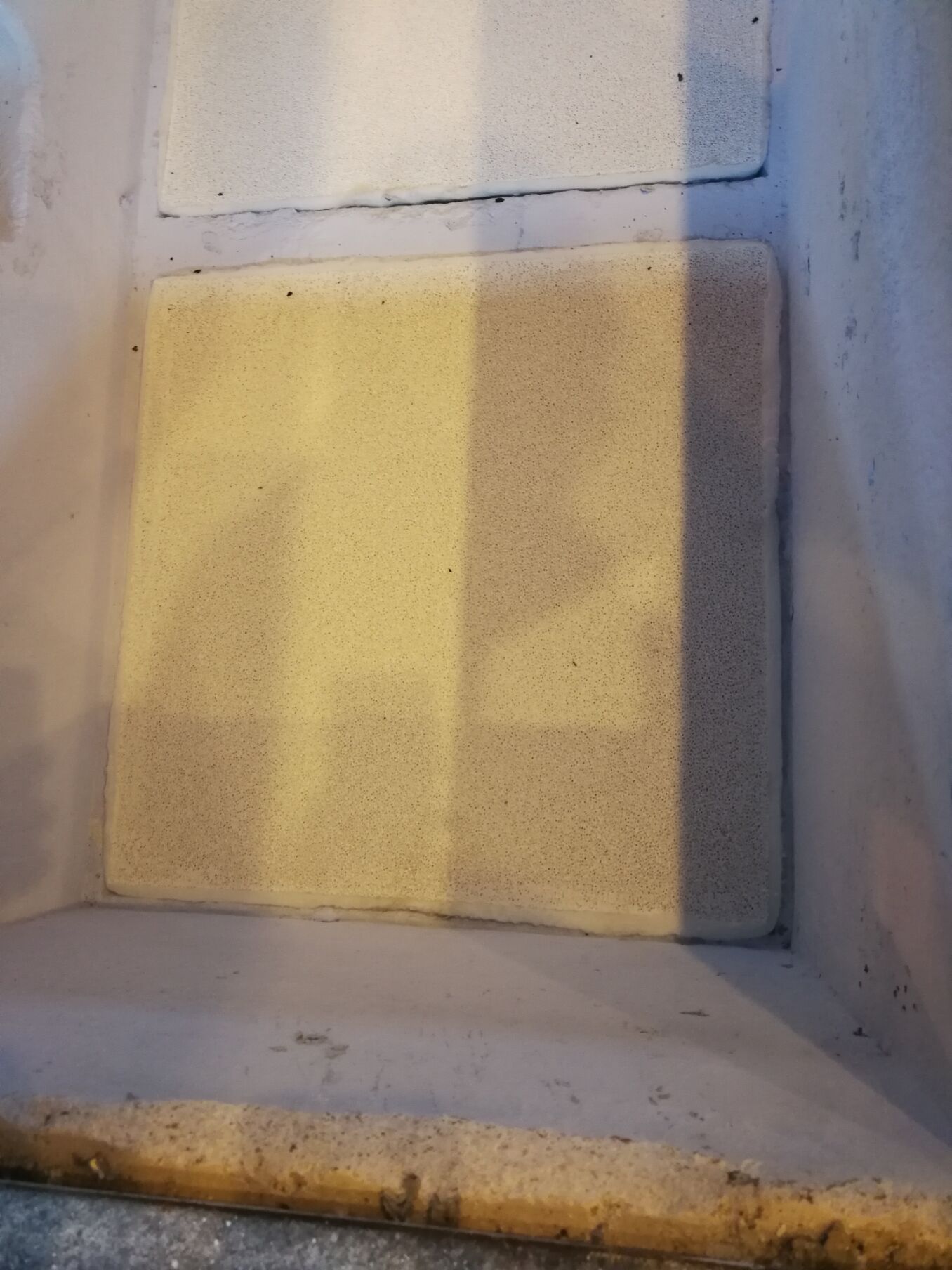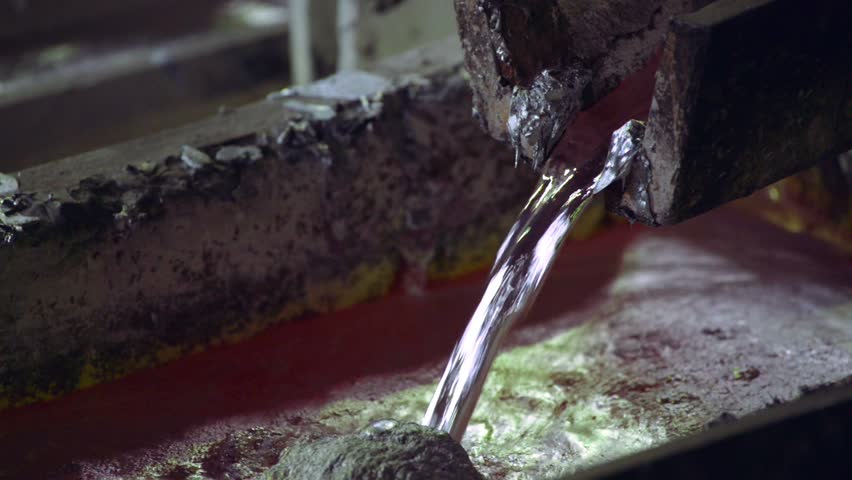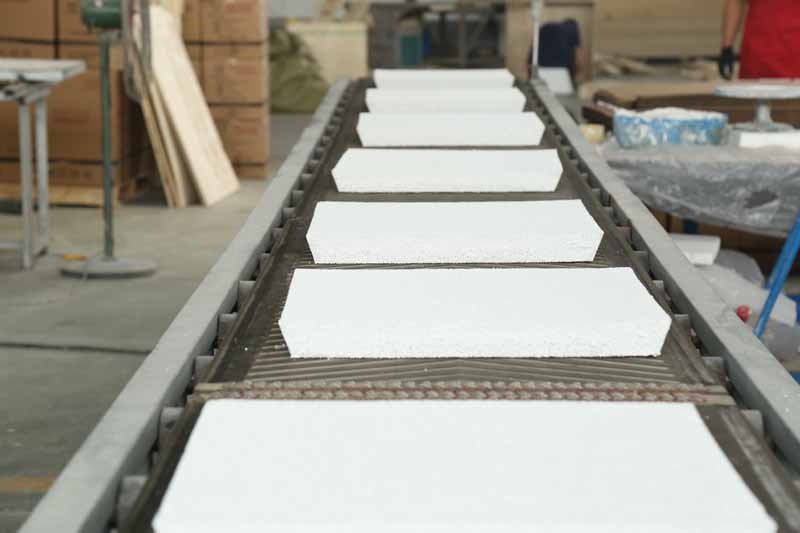Aluminium Foundry Ceramic Foam Filters
Carried out an extensive programme on Foundry Ceramic Foam Filters performance.
In one section of this work the impact of adding a grain refiner based on the Al-Ti-B system was assessed.
They concluded that in case the incoming metal cleanliness was good then there was a minimal impact of the grain refiner on the performance of the filter.
However, if there is an artificially high inclusion loading from the metal (achieved by deliberately vigorously stirring the metal in the furnace), then the introduction of the grain refiner leads to a reduction in filtration efficiency.
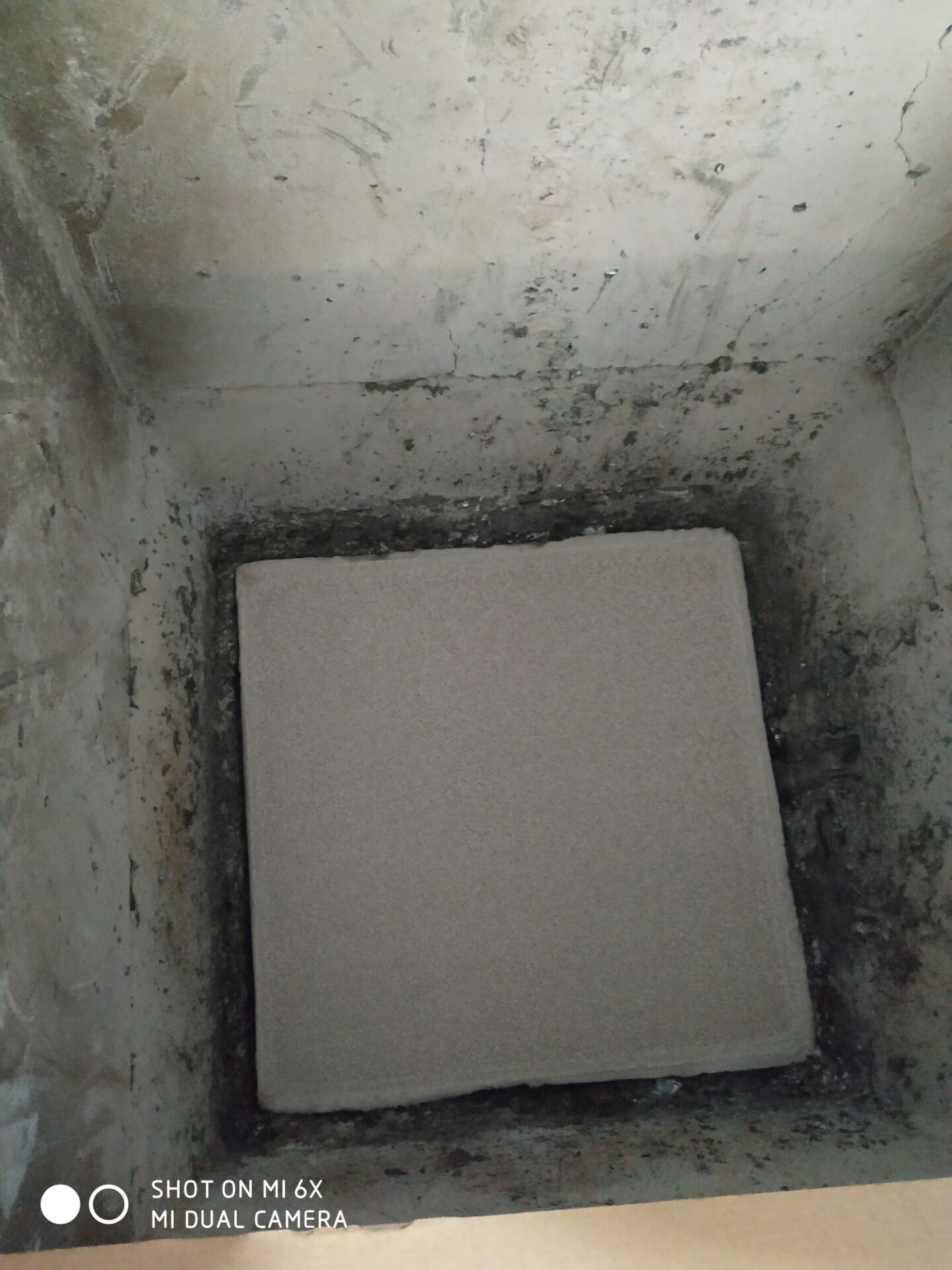
In such a case there was a disproportionate release of inclusions from the filter compared to the incoming inclusion levels.
They assumed that the particles exiting the filter are agglomerates of inclusion species arising from the furnace metal interacting with particles from the grain refiner.
Metallographic evaluation of used Aluminium Foundry Ceramic Foam Filters suggests that the bridges of inclusions across the filter cell junctions, as seen in the absence of a grain refiner and do not appear when grain refiner is used.
It has been suggested that the mechanism of filtration of a ceramic foam filter is altered in the presence of a grain refiner addition.
The presence of a grain refiner from the start of casting appears to prevent the formation of bridges within the filter structure.
The introduction of a grain refiner part way through the cast results in the destruction of any previously formed bridges.
It should be made clear that these effects were observed for conditions where the metal inclusion level was artificially high. Under normal conditions the work concluded that the grain refiners have minimal impact on the filter performance.
